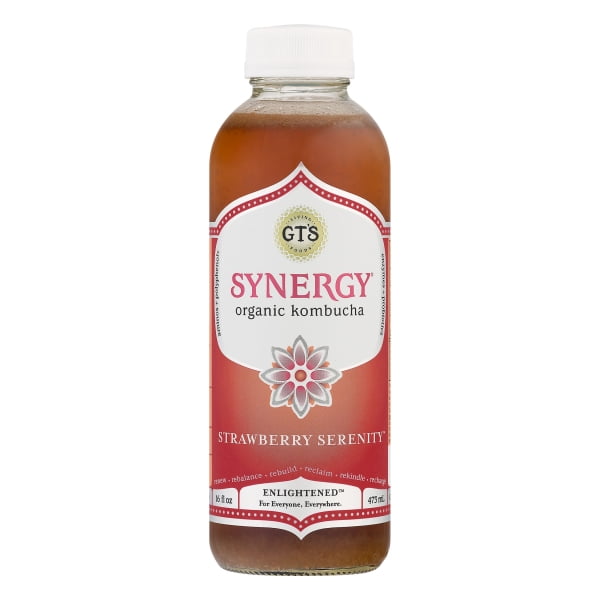
Insulin is a hormone that, among other functions, tells your cells what to do with blood sugar. Why? Because unlike fat that stores this excess sugar, muscle use this sugar for energy – and acetic acid can help with this goal.Ĭlosely related to blood sugar is insulin. For body composition purposes, you want blood sugar going to the muscle. That blood sugar, then, can go to fuel muscles, organs, fat, and brain tissue. When you eat a meal, your blood sugar rises as you digest the nutrients comprising the food. We’ll get to the science in a minute, but first, let’s review why these biomarkers matter.įirst blood sugar. Consuming acetic acid leads to improvements in both of these key metabolic biomarkers. Two main reasons: blood sugar and insulin. But why might these beneficial changes occur?

So far we’ve seen how vinegar consumption can improve body composition. Let’s turn now to how acetic acid might improve metabolism, body weight, body comp, etc. What about daily intake of kombucha? Well, since kombucha also contains high levels of acetic acid, it likely has similar metabolic effects. “Daily intake of vinegar,” conclude the authors, “might be useful in the prevention of metabolic syndrome by reducing obesity.” The results? After the trial, the vinegar folks had significantly lower body weights, visceral fat levels, waist circumferences, and BMI. In one double-blind, placebo-controlled trial, obese Japanese participants were given either a vinegar drink or a non-vinegar (placebo) drink once a day for 12 weeks. In other words, acetic acid has positive effects on body composition. What’s so great about the acetic acid in vinegar and kombucha? For one, it appears to have positive effects on body weight and fat mass. When kombucha is brewing, the bacteria – specifically, strains within the genus Acetobacter – produce, as a byproduct of the fermentation process, a substance known as acetic acid. What does acetic acid in kombucha do for your body? And kombucha tastes like vinegar because it contains a special, health-boosting compound called acetic acid.

How does it taste? Slightly sweet, lightly carbonated, mildly acidic. Trust me, it tastes better than it sounds. This means that the added sugar has been converted by the starter culture into healthy bacteria and other bioactive compounds. Then, depending on the preparation method, you wait 3 to 60 days and the kombucha is ready to drink.

To ferment kombucha, you add sugar and a starter culture – a mix of beneficial bacteria and yeast – to your preferred tea. Kombucha a is a fermented drink, usually made from green or black tea. But first, let’s talk about what exactly you’re drinking when you drink kombucha. We’ll get to these benefits (and the mechanisms behind them) in a bit. Drinking kombucha helps regulate blood sugar, lower oxidative stress and may even support healthy gut bacteria.Īnd yes, it seems likely that drinking kombucha can also help improve body composition. Yet kombucha, however faddish, does have beneficial effects on your health. If you can buy it at the gas station, you can be sure it’s popular. You can find this fermented beverage in most health food stores, farmers markets, and even your local grocery store. LookinBody Web Cloud Database Management Solutionĭrinking kombucha, it’s true, has become a bit of a fad lately.


 0 kommentar(er)
0 kommentar(er)
